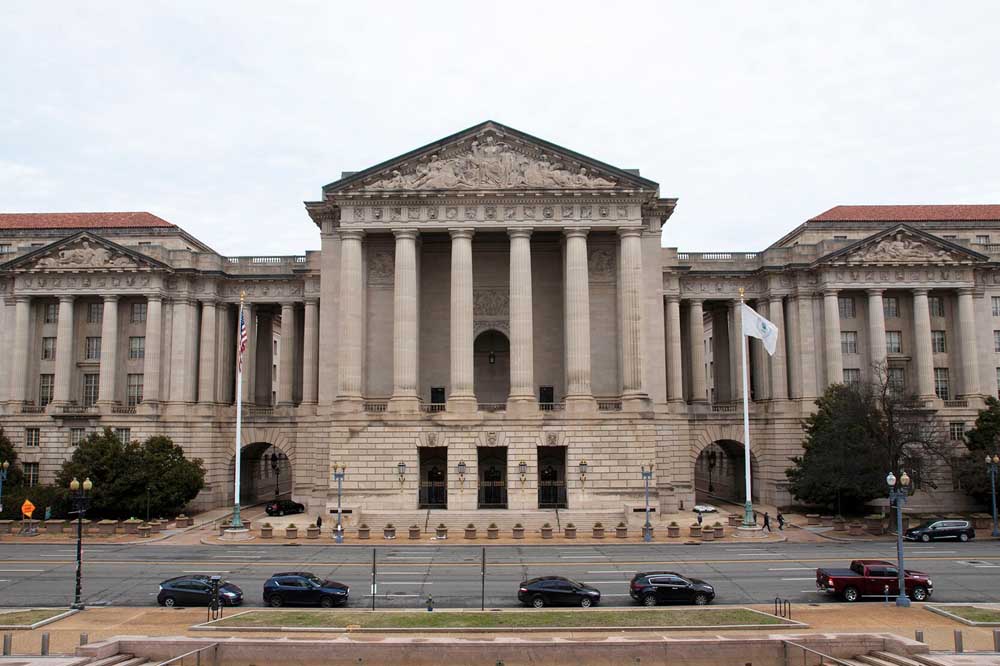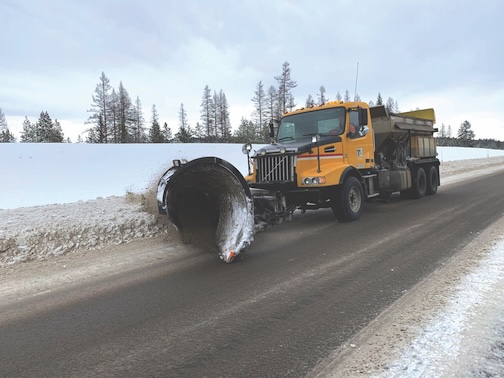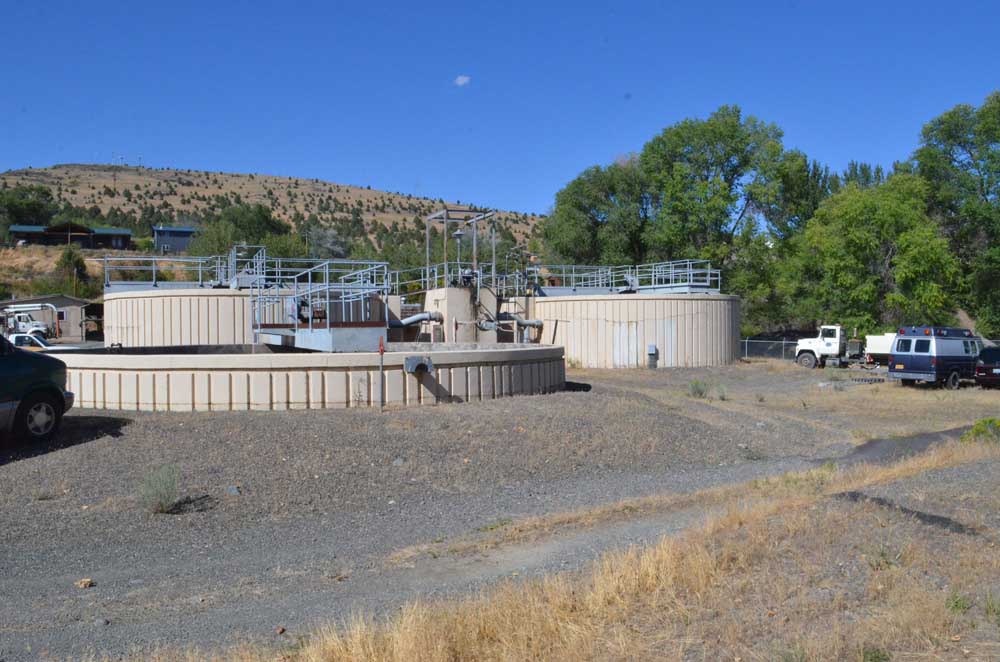Farm groups react to new WOTUS rule
Published 10:45 am Friday, December 30, 2022

- The U.S. Environmental Protection Agency building. The EPA and U.S. Department of the Army on Friday jointly updated the definition of “waters of the United States,” or WOTUS, which could impact farmers nationwide.
WASHINGTON — The Biden administration on Friday, Dec. 30, updated the definition of which “waters of the United States,” or WOTUS, are protected under the Clean Water Act.
Trending
Under the finalized rule, hundreds of thousands of additional wetlands, lakes and rivers may qualify as federally protected, repealing the Trump-era Navigable Waters Protection Rule, which many farm groups favored.
The definition of WOTUS has changed several times under different administrations.
The Trump-era rule, finalized in 2020, was preferred by farmers who were concerned about “federal overreach” across ravines, creeks, isolated ponds and gullies on private land.
Trending
The U.S. Environmental Protection Agency and the Department of the Army said the reworked rule, based on the pre-2015 definition, provides a “durable definition” of waterways to reduce uncertainty.
Farm groups, however, said the definition will create even more uncertainty.
Mary-Thomas Hart, chief counsel for the National Cattlemen’s Beef Association, said the new rule “creates new uncertainty for farmers, ranchers and landowners across the nation.”
Hart said the rule fails to clearly exempt from federal jurisdiction “isolated and ephemeral” water features — such as small, lone and temporary streams or bodies of water on farms and ranches.
Exclusions for these water features have been included in previous WOTUS rules under Republican and Democratic administrations. In contrast, the new rule will rely on “case-by-case” determinations to assess whether a water feature is federally regulated.
Hart said case-by-case evaluations will likely cost farmers time and money — time waiting on officials and money paying for third-party consultants.
American Farm Bureau Federation President Zippy Duvall said farmers deserve rules that won’t push them to hire attorneys and consultants to help them identify what waters on their land are federally protected.
The new rule applies federal protections to traditional navigable waters, territorial seas, interstate waters and impoundments, such as reservoirs.
It also applies to tributaries, wetlands and other waters that are either relatively permanent or have a significant nexus, meaning connection, to navigable waters, territorial seas or interstate waters.
According to the pre-publication final rule notice, “relatively permanent” means water that is “relatively permanent, standing or continuously flowing” and is connected to navigable waters, territorial seas or interstate waters. The definition also includes waters with a “significant surface connection” to navigable waters, territorial seas, interstate waters or other relatively permanent waters.
The “significant nexus standard” means “waters that, either alone or in combination with similarly situated waters in the region, significantly affect the chemical, physical or biological integrity of traditional navigable waters, the territorial seas or interstate waters.”
Chuck Conner, president of the National Council of Farmer Cooperatives, said that “while the rule does reel in some of the dramatic regulatory overreach seen in the 2015 rule published during the Obama administration, it would still bring significant acreage that was not subject to regulation prior to 2015 under federal jurisdiction.”
Critics say they are also concerned that EPA and the Army Corps issued the definition while a U.S. Supreme Court case on WOTUS is pending.
The Supreme Court next year is set to issue a decision on a case in which Idaho landowners Chantell and Michael Sackett are challenging the EPA’s determination that a wetland on their private land is protected under the Clean Water Act.
The Sacketts wanted to build a home on their land, but the EPA stopped their work, declaring wetlands on their property were federally regulated and the Sacketts would need a permit.
Legal experts say the case could set the course for Clean Water Act regulations nationwide.
Chandler Goule, CEO of the National Association of Wheat Growers, said he is “deeply concerned that the EPA and U.S. Army Corps rushed to get this revised definition out prior to the end of the year instead of waiting for the decision in the Sackett case before the Supreme Court.”
Hart, of the cattlemen’s association, said the new rule “seeks to directly preempt ongoing Supreme Court ligation, leaving farmers and ranchers with more questions than answers.”
Hart said the rule should be published in the Federal Register in the next few weeks and will go into effect 60 days after publication.
The outcome of the Sackett case, however, could send EPA back to the drawing board. Hart said the case may result in an “entirely new test” for determining what waters are federally protected.
Ted McKinney, CEO of the National Association of State Departments of Agriculture, a nonpartisan association, said the EPA’s ruling “wastes tremendous federal, state and private sector resources” since the Supreme Court’s decision could shift water regulations yet again.









